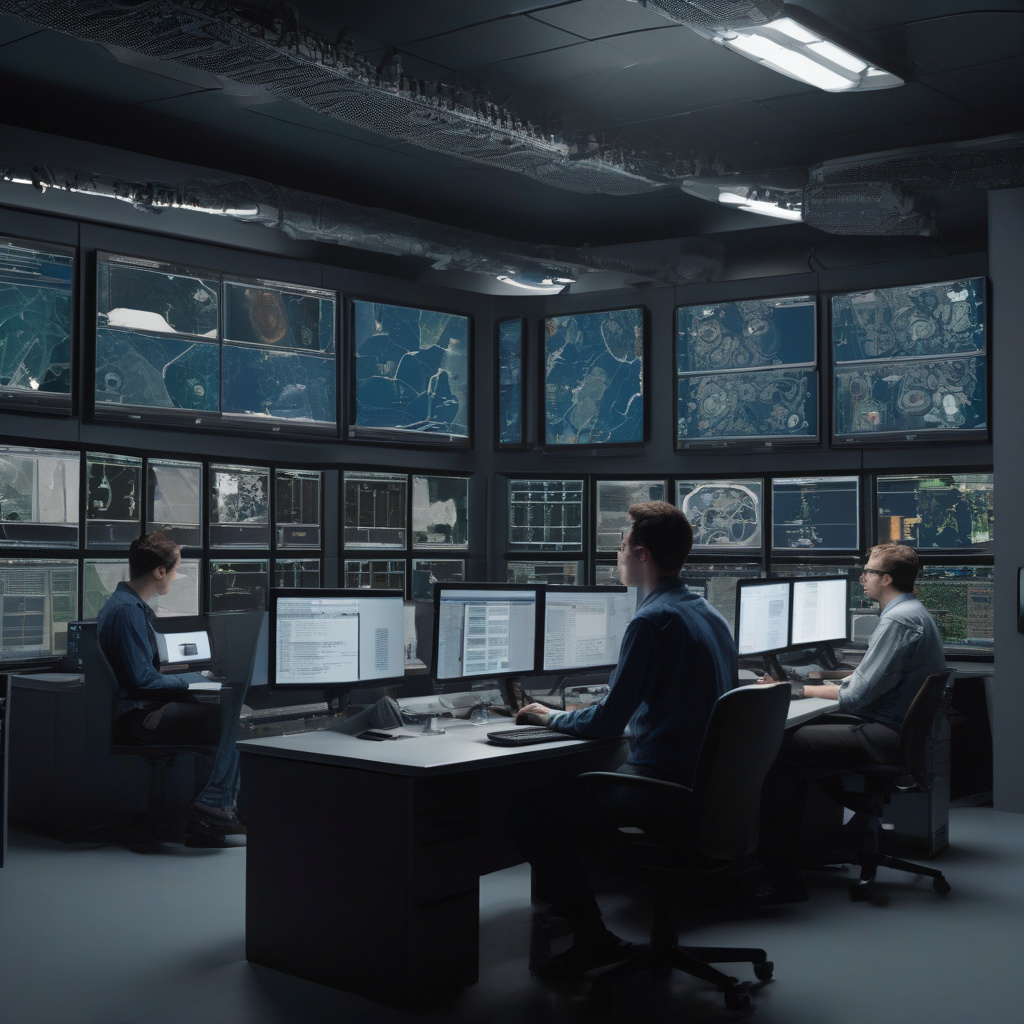Observability Is Stuck in the Past. Your Users Aren’t
In the fast-paced realm of IT and software development, the term “observability” has become a buzzword. Yet, despite its prevalence in discussions, the concept itself seems to be trailing behind the ever-evolving needs and expectations of modern users.
When we talk about observability, we refer to the ability to understand what’s happening within a system by analyzing its external outputs. This includes monitoring logs, metrics, traces, and other data points to gain insights into the system’s behavior.
However, the current approach to observability often falls short of meeting the demands of today’s users. With the shift towards cloud-native architectures, microservices, and distributed systems, traditional observability tools and practices struggle to provide a comprehensive view of the entire system.
Imagine a scenario where a user encounters a performance issue while using a web application. From the user’s perspective, all they know is that the app is slow or unresponsive. They don’t care about individual microservices, containers, or servers; they care about having a seamless experience.
This is where traditional observability tools fail to deliver. They might offer detailed insights into each component of the system, but they often lack the ability to correlate data across the entire application stack and provide a holistic view of user experience.
To bridge this gap, a new approach to observability is needed—one that puts the user at the center. User-centric observability focuses on understanding how system performance impacts user experience, allowing teams to proactively identify and resolve issues before they affect end-users.
By adopting user-centric observability practices, organizations can gain a deeper understanding of how their systems perform in real-world scenarios and make data-driven decisions to enhance user satisfaction. This shift not only improves the reliability and performance of applications but also fosters a culture of customer-centricity within development teams.
In practical terms, user-centric observability involves combining traditional monitoring tools with user experience metrics, such as Apdex scores, session recordings, and user feedback. By correlating technical data with user interactions, teams can pinpoint performance bottlenecks, prioritize improvements, and ultimately deliver a better user experience.
For example, consider a scenario where an e-commerce platform experiences a sudden drop in conversion rates. By leveraging user-centric observability, the development team can analyze user session recordings, identify the specific steps where users are encountering issues, and trace back the root cause to a faulty API integration.
In conclusion, while observability remains a critical aspect of modern software development, its conventional practices are no longer sufficient to meet the dynamic needs of today’s users. By embracing a user-centric approach to observability, organizations can stay ahead of the curve, drive continuous improvement, and ultimately deliver exceptional user experiences in an increasingly digital world.
So, let’s shift the focus from just observing systems to truly understanding and optimizing the user experience. After all, in a world where users are constantly evolving, shouldn’t our observability practices evolve too?

